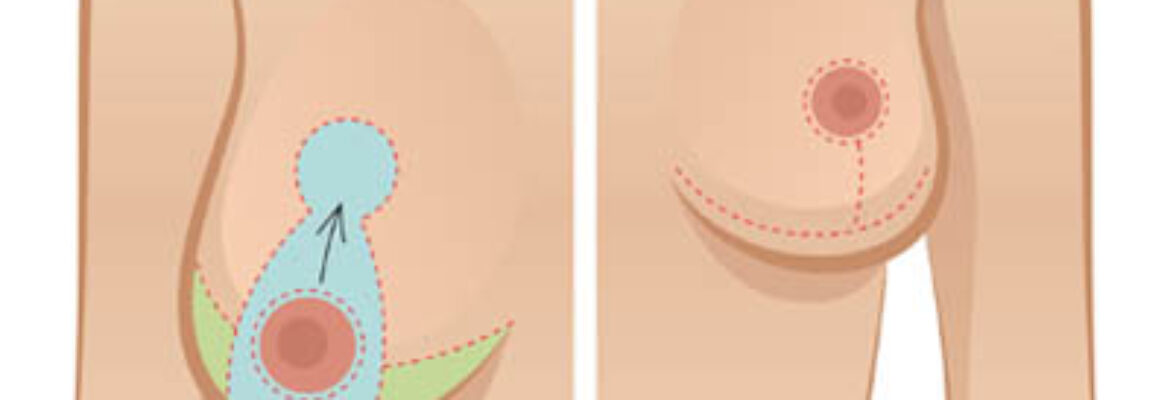
Inframammary incision is a surgical procedure used to augment the breast. The incision can be hidden in the breastcrease. It is visible only if the breasts have been lifted or uncovered. The incision can be easily hidden by a bikini top. It is compatible with pre-filled or large silicone breast implants.
Incision technique
Inframammary is one of most popular breast augmentation techniques. This technique involves creating an inframammary incision and inserting the breast implant. This type of breast implant augmentation is extremely safe. It does not require any incisions. This can also be done on large breast implants. This is safe for breastfeeding.
The main advantage of the inframammary approach to incision is its ability reduce surgical time. The surgeon performs this procedure using a stab-shaped incision, about 3 mm long, to insert a small infiltration cannula. Next, 150 mL of tumescent solution is injected through the incision to elevate the pocket and promote hemostasis.
Criteria for inclusion
Inframammary folds are an important landmark in breast surgeons. It defines the inferior border of the breast on the chest wall and defines ptosis. It also serves as an inferior support for subpectoral implant, which is important to prevent implant migration. In addition, a fold is visually important for reconstructive and aesthetic procedures.

To be considered for participation in this study, women must be at least 14 years old and have a complaint of excessive inframammary sweating. Patients under 18 years of age must be accompanied with a legal representative, who will sign the FITC. The FITC is not available to women who have been pregnant or are breastfeeding. Participation in the study is voluntary. There are no financial incentives.
Risques
Inframammary procedures come with risks. The inframammary fold may be reduced to create a double bubble deformity between the breast tissue and the implant contour. This type of deformity may lead to several complications, including breast-cancer.
Inframammary incisions don't work as well as those made at the circumareolar or periareolar crease. Because sensory nerves in lower breasts are more susceptible to stretching and cutting during inframammary insertions, this is why inframammary incisions can prove less effective. Inframammary incisions are more likely to cause nipple necrosis than periareolar, and can be less attractive.
Disadvantages
The inframammary incision is the most popular type of incision used in plastic surgery. This is due to the ease of its use and visibility. It also allows direct access to submuscular, subpectoral, and subglandular planes. This incision is less painful and comes with fewer risks. The inframammary method is ideal for placing symmetry with minimal scarring.
However, there are some disadvantages to this type of breast enhancement. It is less precise than other techniques and can place the implants unevenly or too high on your chest. In addition, the scar that is left behind will not be as easy to hide as one may think.

Modified approach
The inframammary fold is an incision that extends from the chest wall to the underlying glandular tissue. The inframammaryfold is closed by multiple layers, absorbable sutures that reach the medial or lateral edges. The skin is then moved toward its center, where it will be reunited with the original Nipple-areolar structure. To close the wound, smaller gauge sutures can be used.
The incision is made along an inframammary line that is not near the flap's edge. Special devices can be used to harvest flap material in certain cases, such as an endoscopic instrument, a retractors equipped with a lighting system, or a retractors that have a lighting system.